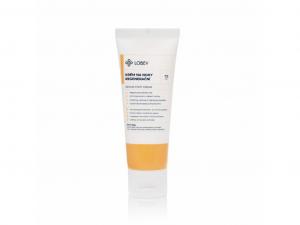Japanese honeysuckle (Lonicera japonica)
Other names: Caprifolium chinense, Caprifolium japonicum
Harm score: 1 (Natural substances)
Japanese honeysuckle (Lonicera japonica) is a climbing plant native to East Asia, which is currently cultivated in various parts of the world for its ornamental and medicinal properties. The plant, whose other names are Caprifolium chinense or Caprifolium japonicum, is characterised by its tubular flowers with a white, later yellow colour and a strong, pleasant scent. The honeysuckle leaves are alternate, ovate, pointed at the apex and cordate at the base. The fruit is a red, almost spherical berry.
Japanese honeysuckle is highly valued in medicine, cosmetics and gastronomy. In medicine, it is mainly used for its antibacterial and anti-inflammatory effects. The extract of the plant is made into syrups and teas that help in the treatment of colds, coughs and flu. In cosmetics, Japanese honeysuckle is used for its healing effect on the skin. It can be found in various skin creams, toners, but also in lip balms. In gastronomy, honeysuckle flowers are used to produce an aromatic syrup, which, due to its characteristic sweet aroma, is widely used in the production of beverages and sweet dishes. The flowers are also used to make honey, which is known for its specific taste.
Japanese honeysuckle (Lonicera japonica) can be found in the following products
